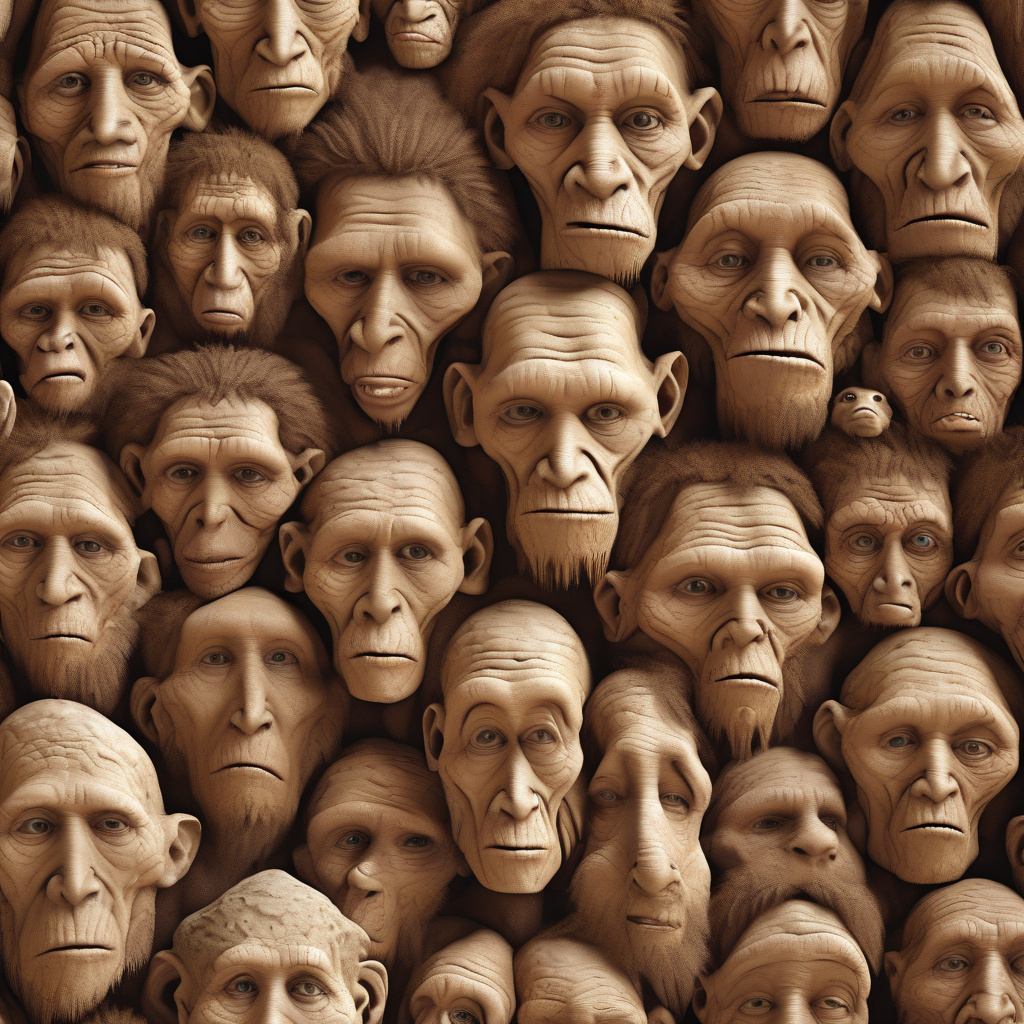World’s Oldest Selfie? 43,000-Year-Old Neanderthal Art Reveals Earliest Face Perception
The story of humanity’s past has been told through the tools and traces left behind. From ancient cave paintings to intricate artifacts, each discovery offers a glimpse into the lives of our ancestors. Recently, a groundbreaking find has shed new light on the earliest forms of self-expression and artistic representation – a 43,000-year-old “selfie” created by Neanderthals.
In a cave in Spain, archaeologists unearthed a remarkable piece of art: a stone slab etched with a rudimentary face. This discovery challenges previous assumptions about the cognitive abilities of Neanderthals and provides valuable insights into the evolution of human creativity.
The intricate details of the ancient “selfie” suggest a level of self-awareness and symbolic thinking previously unrecognized in Neanderthals. The carefully carved features indicate a deliberate effort to capture a likeness, raising fascinating questions about the individual who created it and their relationship to the concept of self.
This remarkable find not only pushes back the timeline of early artistic expression but also highlights the universal human impulse to create and communicate through visual means. The Neanderthal “selfie” serves as a poignant reminder of our shared heritage and the enduring power of art to transcend time and culture.
Furthermore, the discovery challenges prevailing narratives about the intellectual capacities of Neanderthals, highlighting the complexity and richness of their cognitive world. Far from being primitive brutes, these ancient hominins possessed a depth of thought and creativity that continues to surprise and inspire researchers today.
As we unlock more secrets from the past, it becomes increasingly clear that the divide between “us” and “them” is not as clear-cut as once believed. The Neanderthal “selfie” invites us to reconsider our preconceptions and recognize the shared humanity that unites all members of the human family, past and present.
In a world where technology dominates our daily lives, the ancient “selfie” reminds us of the enduring power of art to capture moments, emotions, and identities. Just as our Neanderthal ancestors sought to leave their mark on the world, we too are driven by a deep-seated urge to create, connect, and communicate through visual means.
The 43,000-year-old Neanderthal “selfie” stands as a testament to the timeless nature of human creativity and the universal desire to make our presence known. As we marvel at this ancient artifact, we are reminded that the impulse to create and communicate is an intrinsic part of what makes us human.
In conclusion, the discovery of the world’s oldest selfie offers a fascinating glimpse into the minds and lives of our ancient ancestors. Through art and creativity, we are able to bridge the gap between the past and the present, gaining a deeper understanding of what it means to be human.
#NeanderthalArt #AncientSelfie #HumanCreativity #ArchaeologicalDiscovery #ArtisticExpression












